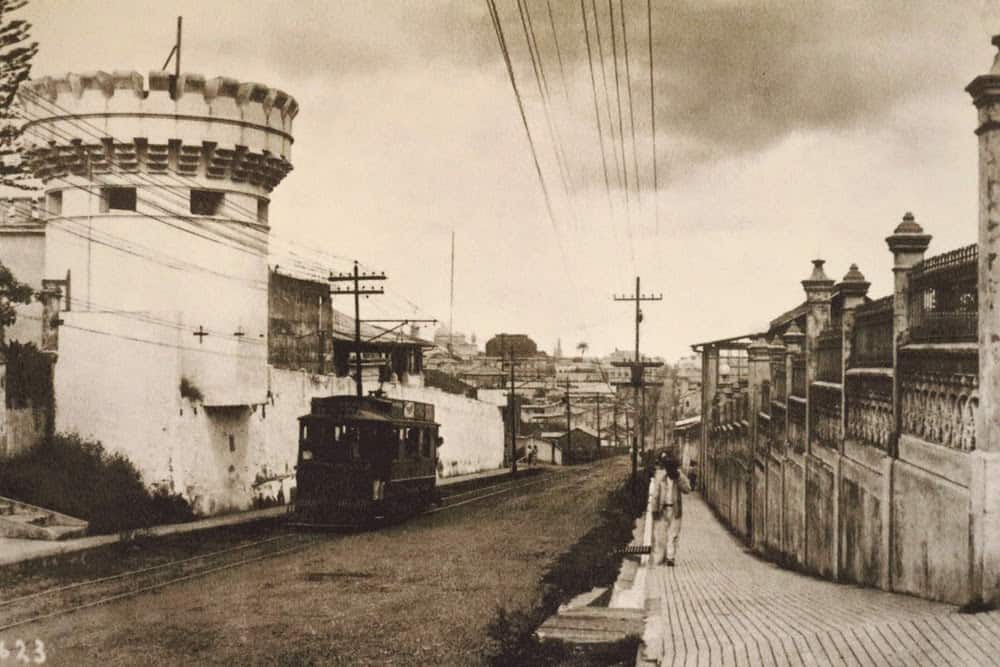On December 1, 1948, at the Bellavista Barracks, José Figueres carried out the symbolic act of Abolition of the Army. The place had been used as a military training center. At the same time, Figueres announced the building would now be handed over to the National Museum of Costa Rica.
During the said act, authorities decided to allocate public resources to develop programs in areas such as education, health, and culture.
Gabriela Villalobos, historian at the National Museum of Costa Rica, explained that “the decision to eliminate the army, which was key to lay the foundations of a civilian system, was possible thanks to the weakening of the army decades ago.”
This process began at the end of the 19th century when the police forces assumed internal control of the country. In addition, the dictatorship of Federico Tinoco (between 1917 and 1919) affected the legitimacy of the military.
“By abolishing the army and breaking relations with the Legion of the Caribbean, the government board led by José Figueres Ferrer sought to gain the support of the U.S. government,” Villalobos added.
However, it was not until 1948, when, in the context of the civil war and the political and ideological conflicts of the 1940s, the final decision was made.
“On November 25, ’48, the government approved the plan to abolish the army, presented by the then Minister of Security, Edgar Cardona Quiros, who was also appointed colonel of the new public forces. Likewise, within the National Constituent Assembly of ’49, men such as Fernando Lara maintained the idea of abolishing the army”, explained the historian.
On December 1, 1948, the President of the Government Assembly, José Figueres, also symbolically handed over the keys of the building to the National Museum of Costa Rica so it would finally become its definitive headquarters.
Currently, this cultural and scientific center shows Costa Rica’s history, with pre-Columbian findings, cultural displays, artistic work, and biological research carried out by scientists working at the Museum.
Its gardens host cultural activities such as musical events, theater, puppets, workshops for adults and children. What was once a war and military center is now filled with art, happiness, and education.








